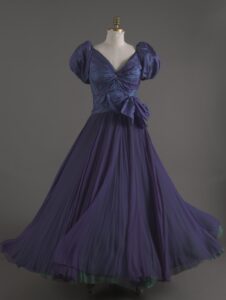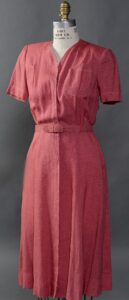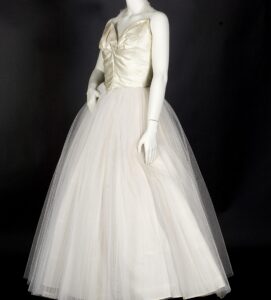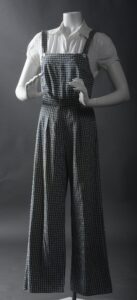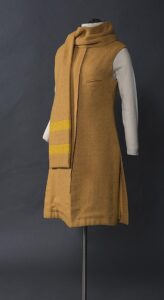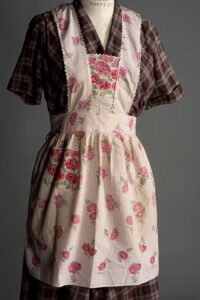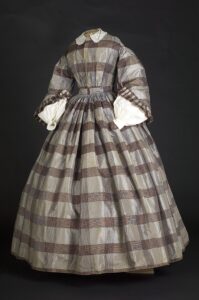Historic Clothing Matters, Here’s Why
The clothes we choose to wear are deeply tied to our identities and influence the ways we interact with the world around us. Textiles and clothing give us a lens through which to view notions of labor and the relationship between clothing and the body. The history of clothing reveals information about culture, class, and broader societal values. It helps us to understand methods of production, the availability and use of materials, changes in silhouette and style, and so much more. Clothing is one of the most relatable examples of material culture we can engage with because it’s something we all have personal experience with.
Challenges of Institutional Textile Collecting
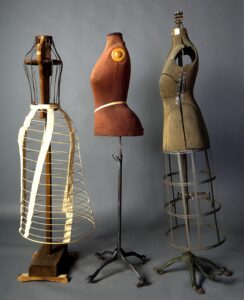
While the value of historic clothing might seem obvious, clothing and textiles have been frequently overlooked by museums and collecting institutions. For some, the study of clothing can often seem frivolous. The ways we think about clothing are often rooted in associations to gender. This has impacted the status of historic clothing in museums and in the minds of the public. When compared to other categories of material culture, clothing collections do not receive the same level of recognition or institutional attention as other kinds of historic collections.
College & University Clothing Collections
While historic textile and clothing collections are lacking in conventional museums, many institutions of higher education are working to fill this gap with collections of their own. These collections, which vary broadly in their content, provide opportunities for teaching, research, and exhibition. These collections serve students and faculty from all academic disciplines, as well as the broader public. Through the use of teaching collections, students can interact with historic clothing in a much more hands-on way.
However, a number of studies on college clothing collections have shown that most of these collections are grappling with the same problems: they are underfunded and understaffed. Academia has also traditionally viewed textiles as less important. Curators of college and university clothing collections have consistently reported a lack of institutional support which has resulted in inadequate storage and exhibition spaces unfit to properly care for collection objects. Many of the individual faculty members who steward these collections have other teaching responsibilities, they cannot devote the necessary time to care for these collections without additional staffing. Due to their departmental status as part of larger universities, most of these collections cannot fundraise money and cannot apply for grants as many do not meet the qualifications set forth by grant agencies requiring that these collections be considered “museums”.
A Real-Life Example: The Smith College Historic Clothing Collection
This project uses the Smith College Historic Clothing Collection as an example of a university collection deserving of institutional funding and resource allocation. It aims to express the value of studying historic dress from a variety of viewpoints and to demonstrate the ways that this collection aligns with the goals of Smith College. By providing a consolidated space documenting the history of the collection and its use, this project is meant to act as a resource for Smith College as it enters a transitional period.
